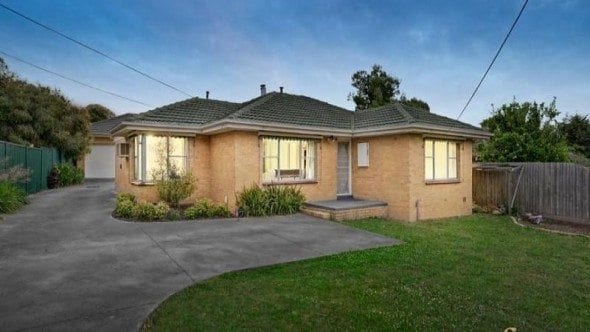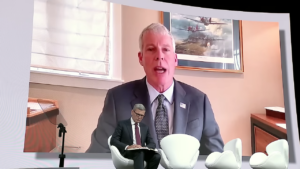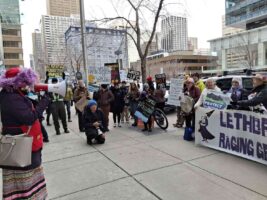 A ground-breaking mini-grid trial by Victorian network operator AusNet Services has, for the third time, taken part of a Melbourne street completely off grid – this time for a period of almost 22 hours.
A ground-breaking mini-grid trial by Victorian network operator AusNet Services has, for the third time, taken part of a Melbourne street completely off grid – this time for a period of almost 22 hours.
In a project update posted last week, AusNet said the mini-grid, comprising 17 households on a suburban street in Mooroolbark, was “seamlessly” disconnected from the grid and, for 21 hours, powered only by the collective solar and battery storage systems installed on 14 of the homes.
The achievement is the latest for AusNet’s Mooroolbark Mini Grid Trial, which aims to demonstrate how utilities can harness concentrated pockets of distributed generation to help optimise the performance of the grid, while also delivering what customers need: a reliable, and cheaper, electricity supply.
In December, the utility managed to keep the 17-home mini-grid islanded for 9 hours running, improving on its first experiment, in May 2017, which successfully separated eight homes from the grid – two without solar and storage – before reintegrating them seamlessly.
The trial is based around what AusNet calls DENOP – a Distributed Energy Network Optimisation Platform – a cloud based software layer which operates in conjunction with a control platform to orchestrate the activities of the mini-grid’s distributed solar and storage resources.
Speaking at the ABB Customer World forum in Melbourne on Thursday, AusNet’s Alistair Parker said it was one of a “plethora” of technologies, and grid-based solutions, that would help deliver a National Electricity Network of 50 per cent renewables, and beyond.
“We have a really proven ability there to handle the technical aspects of stability in a mini-grid,” he said. “We’re also starting to play around with whether that can feed, for want of a better term, synthetic inertia, back into the system, and help with wider stability.”
Perhaps even more importantly, though, Parker said the Mooroolbark trial had laid down invaluable groundwork on successfully engaging with consumers, and communities, to solve energy problems.
“We switched (the mini-grid) off from the grid, seamlessly, and we saw how long it would run for,” said Parker, who is executive general manager of regulated energy services at the network.
“We had a bit of a book within the company, some bets on how long it would go,” Parker told the conference.
“We were hoping for 24 hours, we only go to 21 hours because, unfortunately, somebody came back from work to a very hot house, switched the air-con on, and that sort of ran through a bit more energy than were hoping.
“But I think that’s the reality, that these things have to fit in around people’s lives, not to make everybody into an energy expert,” he said.
“We can envisage a future where distribution networks actually help support the transmission network and support their own needs.”
This article was originally published on RenewEconomy’s sister site, One Step Off The Grid, which focuses on customer experience with distributed generation. To sign up to One Step’s free weekly newsletter, please click here.









